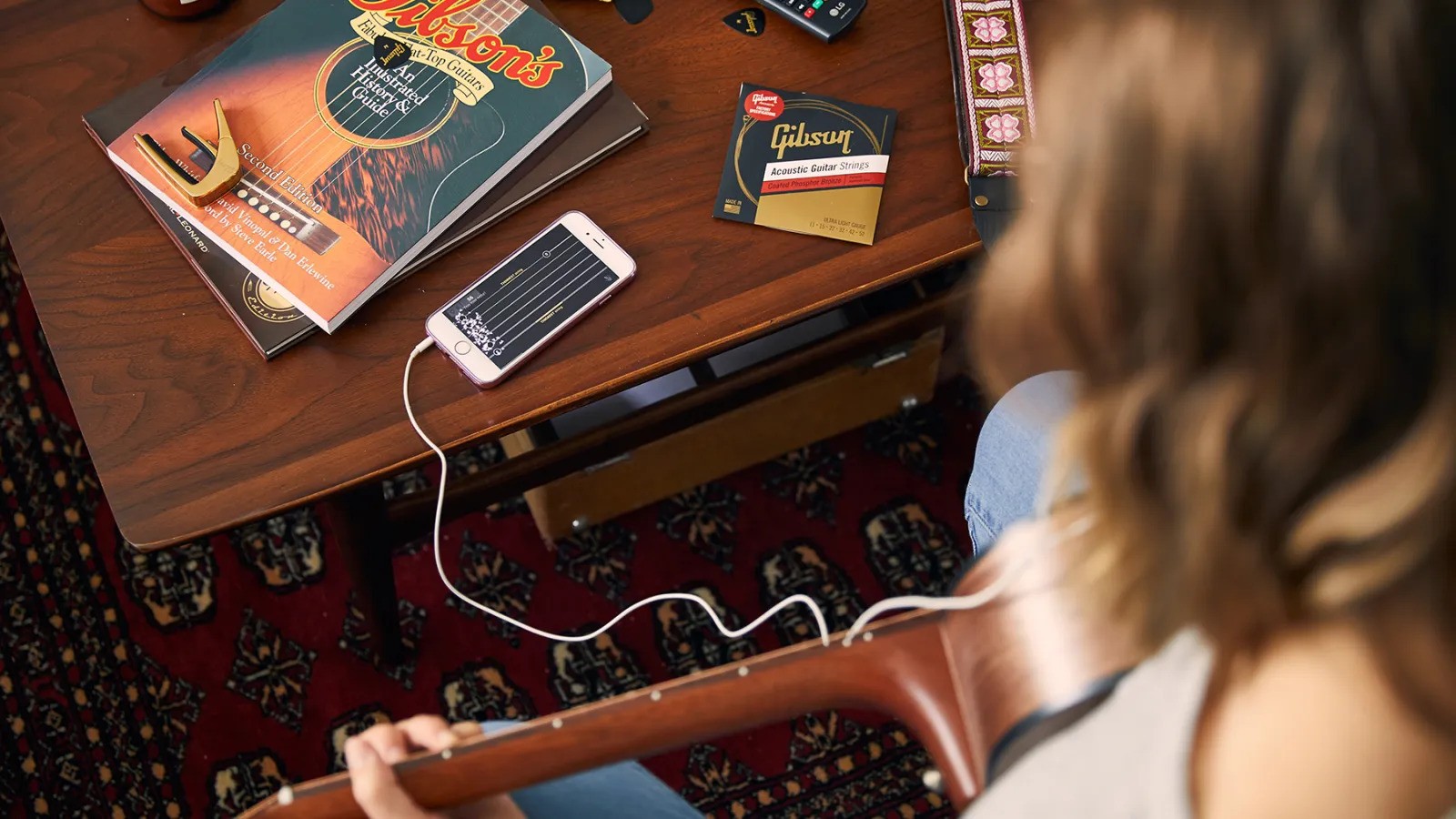Guitar World Verdict
A beautifully designed app that’s very strong on content for beginners but is less useful for experienced players. Its song library serves some genres well yet remains patchy for others.
Pros
- +
Lots of in-depth content for beginners
- +
Gamified, animated fretboard is fun and effective
- +
Amp and jam tracks are both entertaining and educational
- +
Roster of excellent teachers
- +
Many songs are extremely well executed
- +
Less expensive than some other leading apps
Cons
- -
Some genres lacking, or missing completely
- -
Some songs are weakly executed
- -
Limited for advanced intermediate players and above
- -
No bass guitar option
You can trust Guitar World
Gibson app review: What is it?
Gibson’s Learn & Play Guitar app has been around since 2021, so in terms of content it should be nearing maturity by now. It arrived at the party somewhat late, launching against established online guitar lessons competition such as Yousician, Simply Guitar and, of course, Fender Play. So, how does it compare? Is it suitable for all, from raw beginners right up to polished pros? Let’s find out.
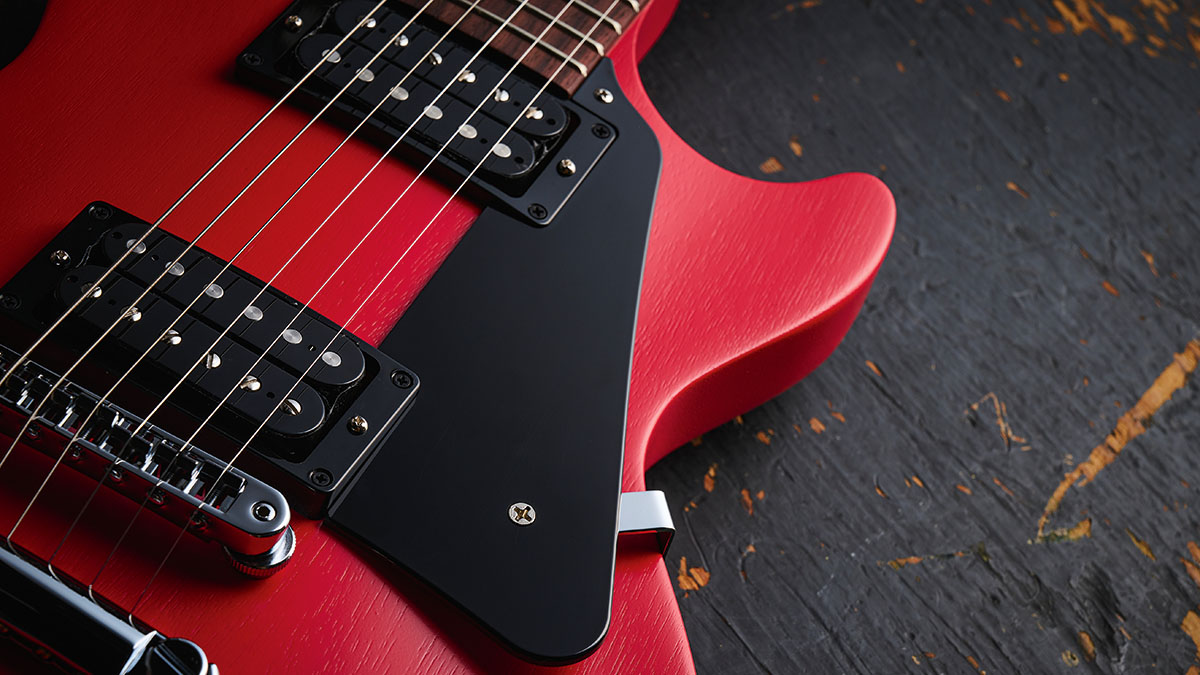
Cost: Monthly subscription, $19.99; yearly subscription, $119.99
Download for iOS
Download for Android
The Gibson app is available on the iOS and Android platforms, and although it will work on mobiles, you’re going to benefit from a great deal more screen real estate if you use a tablet. For this review I used a 3rd Gen Apple iPad Air with a A12 Bionic chip, so not the fastest tablet out there but probably representative of what many of us will own and use. The Gibson app installed like a dream and ran flawlessly during my weeks of testing.
Like much of the competition, at the core of the Gibson app is a learning pathway and a song library. Additionally, it features a tuner, a metronome, a ‘Guide to…’ section, Gibson TV documentaries and, intriguingly, an augmented reality Amp & Jam area. More on which later.
Getting up and running
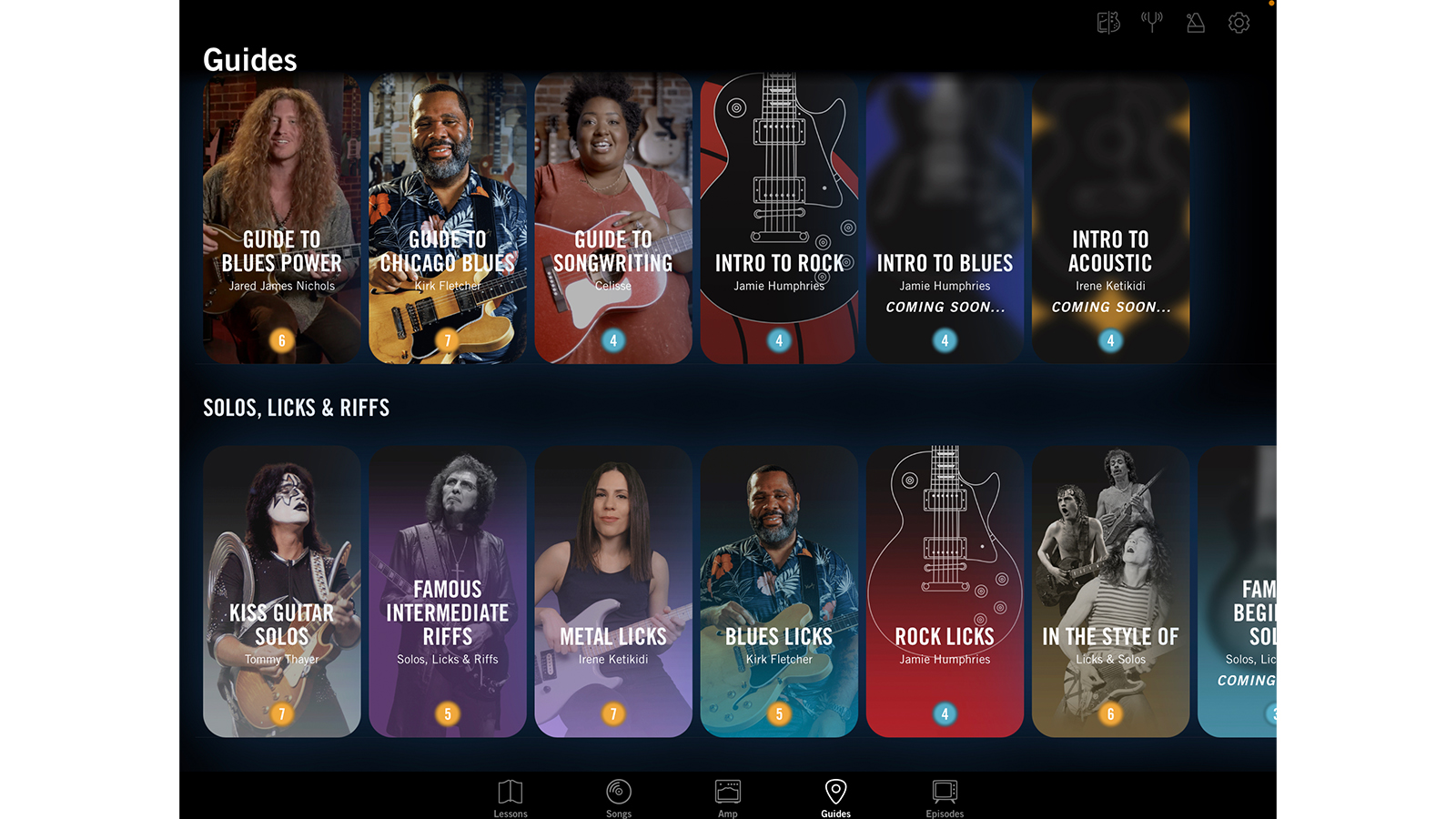
On installation you’re prompted to pick your current skill level, beginner, intermediate or advanced so that ‘content can be tailored for you’. Disappointingly, it turns out that all this does is select one of three possible ‘onboarding’ introductions that run through some setup procedures – calibrating the mic level, for example – before requiring you to play some short exercises. Beginners get to enjoy playing single notes on the high E string, while advanced players are asked to prove their mettle by playing a few simple runs and a bunch of barre chords. All pretty straightforward stuff.
Then, regardless of ability, you’re let largely loose on the rest of the content. I say largely let loose because if you’re a beginner you’ll need to complete every exercise well enough to gain the reward stars necessary to progress on to more challenging content. Yes, just like Simply Guitar and Yousician, Gibson has chosen a gamified approach to learning, complete with an animated fretboard that owes much to that 2000’s favorite, Guitar Hero.
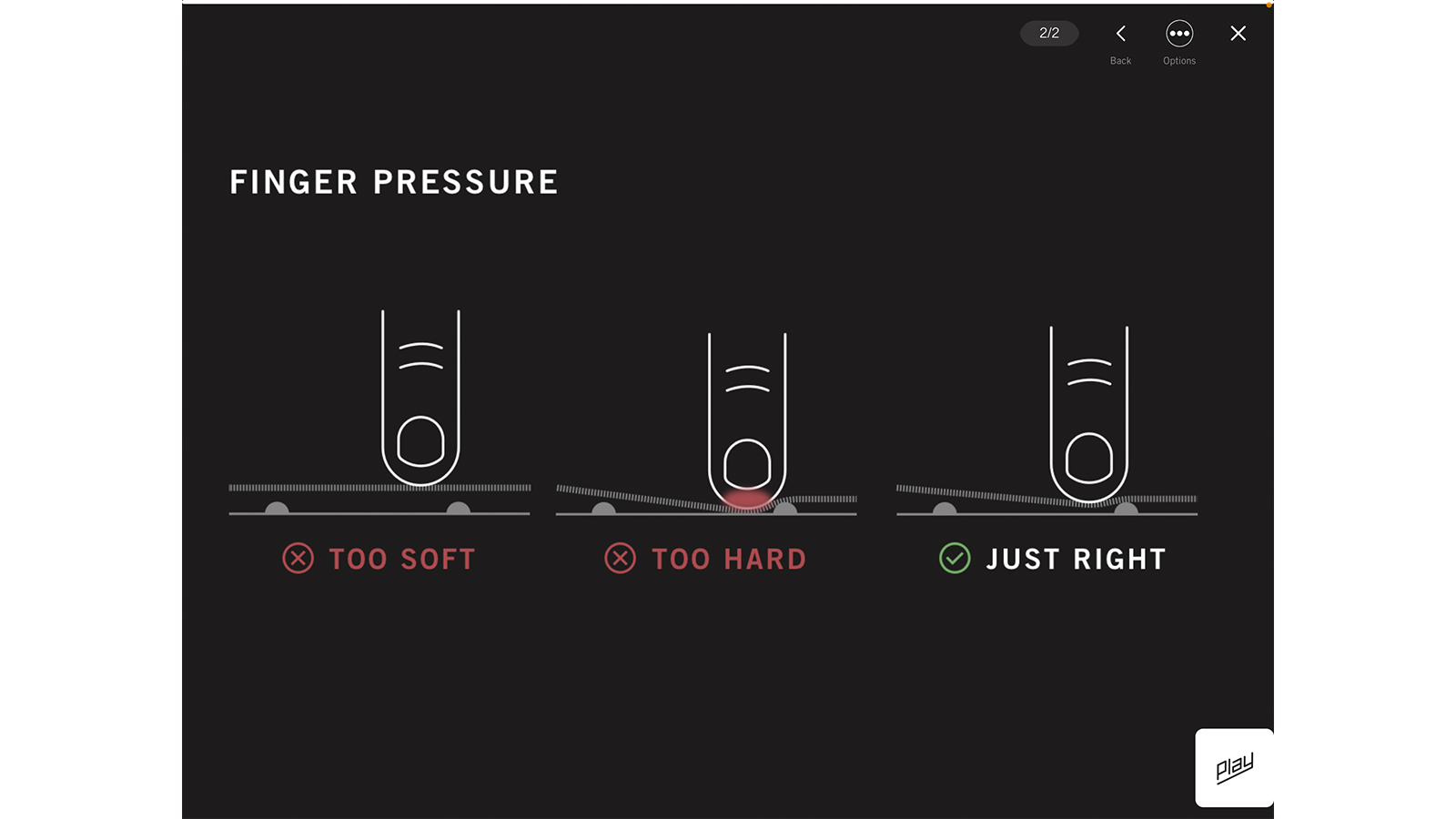
If your primary goal is to play the guitar, rather than a computer game, fret not. Gibson’s take on the animated fretboard is significantly less gimmicky than its competitors. It’s actually rather tasteful, packed with essential notation including pre-bends, unison bends, tapping, palm muting and so on.
In fact, the whole app is beautifully presented, with gorgeous photographs, professionally shot videos and a very tasteful UI. Befitting the brand’s status as a manufacturer of fine instruments, there’s not a primary color or zany cartoon character in site. Which suits me fine but may not appeal to youngsters starting out with their first guitar.
The gamified concept – earning your way through learning – can be an excellent way in which to foster engagement. After all, we all love to be rewarded for our efforts. Yet, if it irritates the b’Jesus out of you then thankfully you can unlock the entire app in the settings menu. Advanced players have access to the entire app from the get-go.
Beginner-friendly
Gibson recommends that beginners start on the Lessons path – ‘curriculum’ in Gibson speak – before getting stuck into the songs. Frankly, if you are a beginner then you’ve lucked out with this app. The pathway is simply superb. It starts by teaching basic guitar skills, such as how to pick a string, then takes you through some simple melodies on the high strings to reinforce those skills, before splitting into two sub-pathways. One for rhythm guitar and the other for lead guitar.
While this teaching concept is not particularly ground-breaking, its competitors all do something very similar, what sets the Gibson app apart is the depth and quality of the tuition. For example, guidance on the right way to fret a note includes detailed guidance, including animated diagrams that cover wrist angle, using the fingertips, exactly how far behind the wire to fret and so on. Many of us who’ve been playing for years forget just how tricky and confusing some of these basic skills can be for total beginners. The Gibson app has your back the whole way.
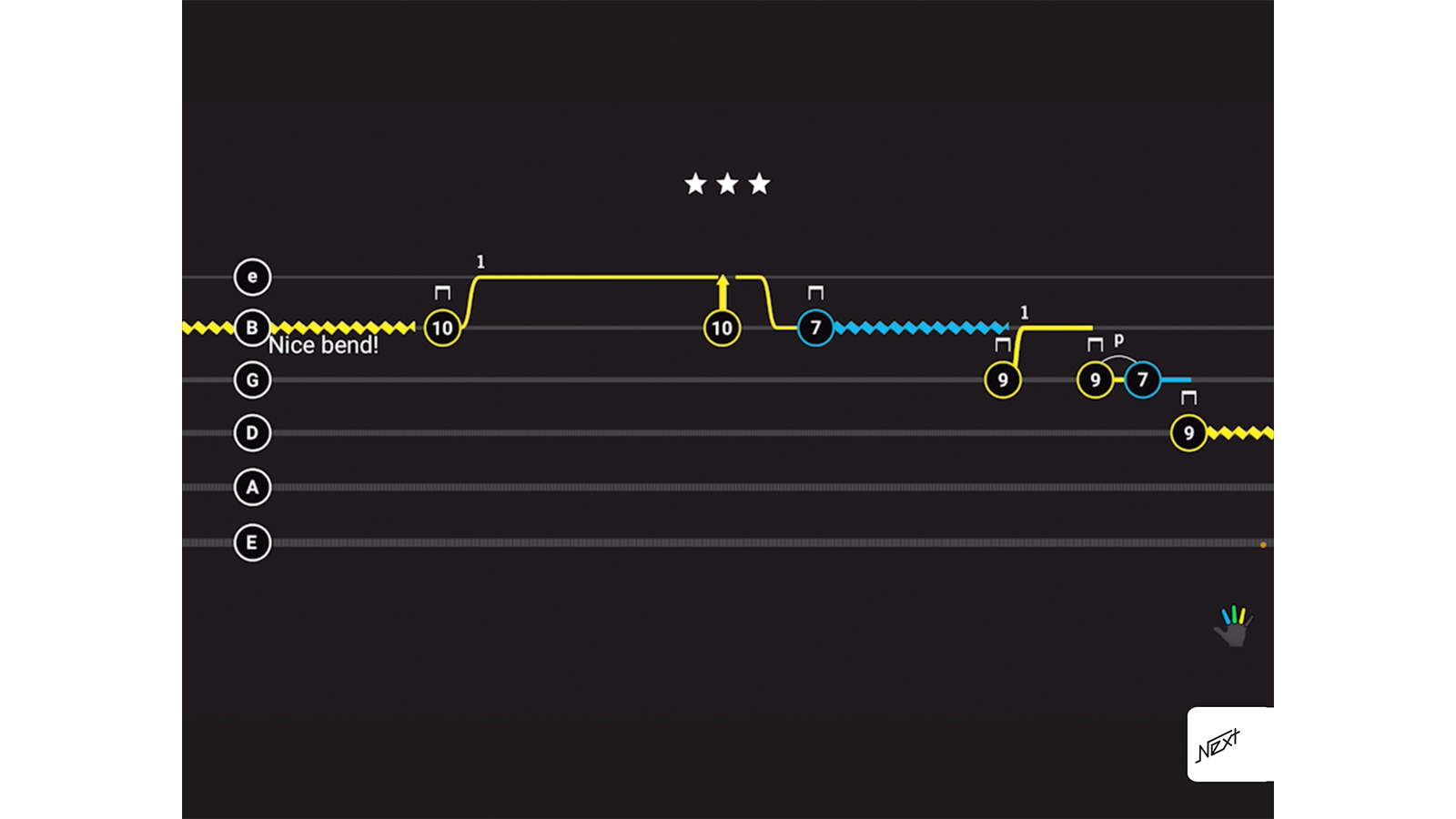
Both pathways, rhythm and lead, journey through a series of courses that progressively build a comprehensive suite of playing skills for the novice guitarist. For example, the lead path starts with a power chord course before moving on to licks, riffs and more. Every course is further subdivided into levels, which typically begin with an introductory video to prepare you for the upcoming interactive lessons. There are usually two or three lessons per level, and some of the more involved topics benefit from additional instructional videos. For every level you get to choose a song around which the lessons will be established.
The instructional videos are outstanding, both in terms of content and style. Gibson has recruited some world-class teachers, such as Jamie Humphries, and both detail and pacing are spot on. The videos are also beautifully shot in high resolution, with multi-camera angles that let you focus right in on the fretboard or picking hand.
The lead pathway takes the beginner from plucking their first E string to mastering the minor pentatonic scale across the entire fretboard, which is a lot of very useful content. However, if you’re an intermediate player or above, then you’re likely to have these skills already. Put bluntly, there’s really nothing here for you.
The rhythm pathway is even more disappointing in this respect. The quality of instruction may be fantastic but it’s only suitable for beginners. Open triads and basic barre chords make the curriculum, but extended chords don’t get a look in. Similarly, the Gibson app only covers basic strum and picking patterns.
Playing for a song
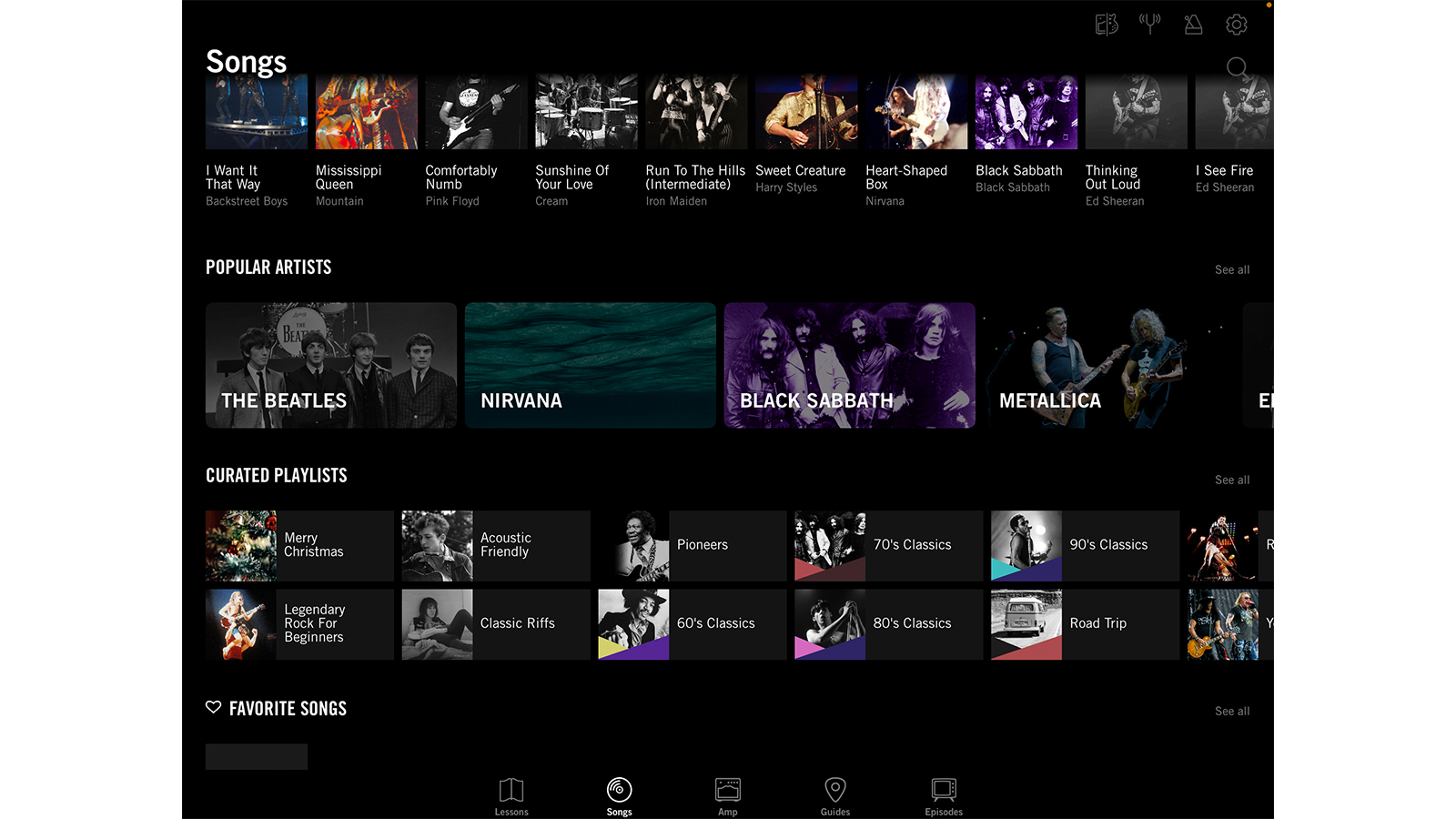
Unfortunately, the song library is also marred by a lack of content. Again, where it exists, it’s hard to fault the quality of the tuition, and if you’re into rock- or blues-based genres then there’s plenty here to enjoy. Pink Floyd, Cream, Black Sabbath, Metallica, Nirvana, Guns and Roses, AC/DC and so on are all well represented. Many of the songs are available in up to four different versions to suit ability, and almost every one is broken down into its constituent parts so that you can learn the intro riff, verse and solo in manageable chunks. A few songs are even taught by the artist – Ryan Roxie from the Alice Cooper Band, Lovisa Sjöberg Nordahl and Jared James Nichols all feature.
Sadly, there’s little breadth to the genres available. R&B/soul gets a paltry dozen songs and there’s no jazz content whatsoever. Bizarrely, there are some classical guitar pieces, but most are simplified renditions played on a steel string, and none feature any instructional video content.
Delving deeper
Things improve when we move on to the guides section of the app. These are short courses that cover skills like phrasing and dynamics, or they take on an entire sub-genre such as Chicago blues. Essentially, this is where the intermediate and advanced content is hiding. Fortunately, there’s real substance here, moreover Gibson is promising much more to come.
Playing with Gibson’s Amp feature is possibly the most fun I’ve ever had with a guitar tuition app. Grab an unplugged guitar, pluck a note and through the magic of augmented reality the app will sound like you’re playing through a real amp. There’s both an acoustic guitar amp and an electric guitar amp, complete with a pedalboard’s worth of effects that include distortion, phaser, flanger, chorus, reverb and echo. You must wear headphones and Gibson recommends that you plug your guitar into your tablet/mobile using an iRig or similar. I didn’t plug in, and found it worked fine, if a little noisy.
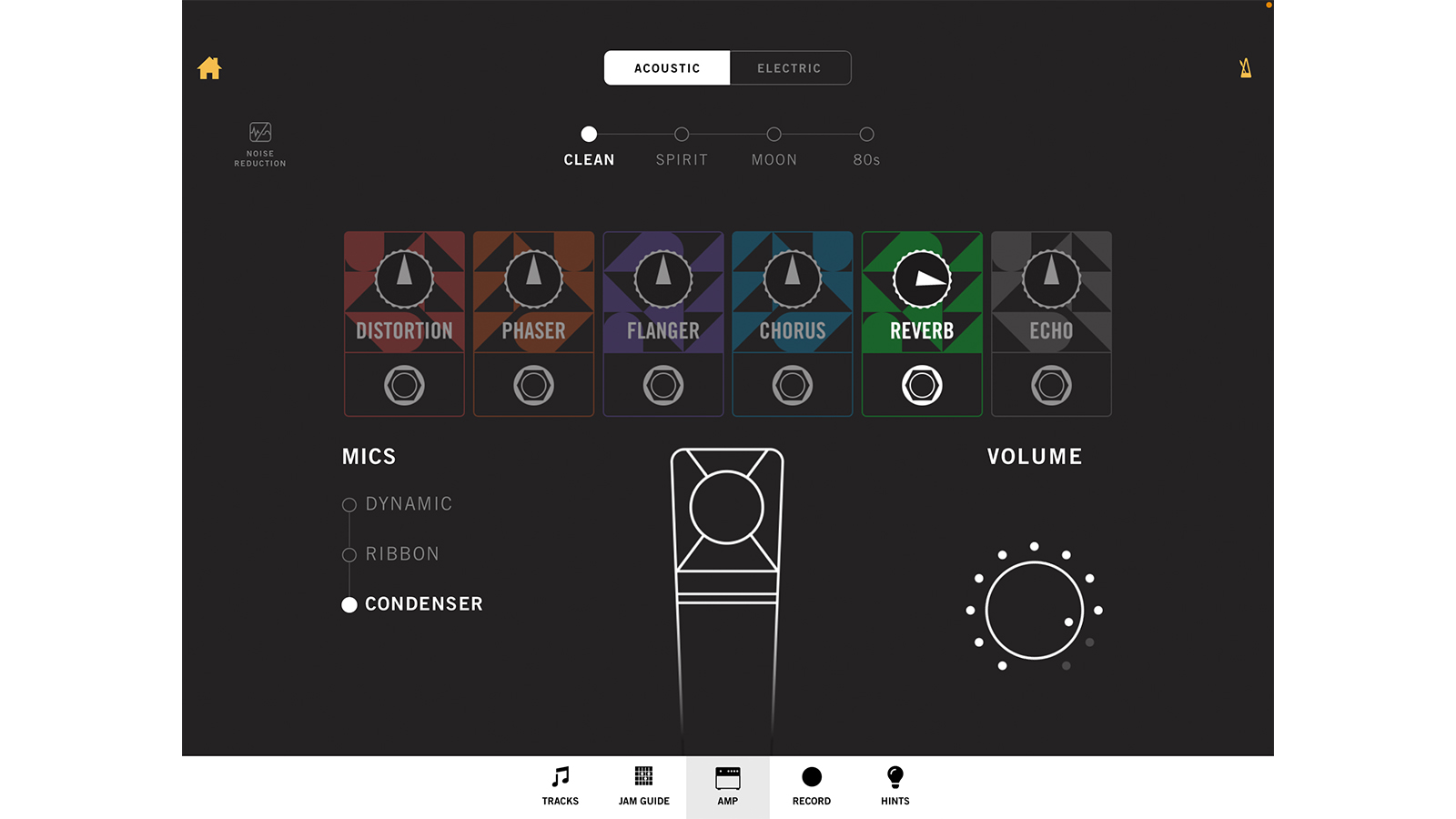
The Amp comes into its own when playing along with the accompanying 40 or so Jam Tracks. I found it was so much more rewarding to enjoy a saturated tone when jamming to something like Sabbath’s War Pigs than a lame plonkety plonk from my unplugged electric. Gibson includes a detailed Jam Guide for each song, which prompts you to use the right scale in the correct key and suggests up to a dozen suitable licks. Gimmicky? Absolutely. Fun? You bet!
Finally, Gibson devotes a section of the app to Gibson TV, home to a library of excellent documentaries on all things guitar. Here you can sit back and learn how ES series guitar bodies are made, or watch a profile on Tony Iommi and other guitar icons. However, much of this content, superb though it is, is available on Gibson’s YouTube channel. It’s really not necessary to subscribe to the app to see it.
Gibson app review: Conclusion
For those just starting their guitar journey the Gibson app will be a godsend. The quality of tuition is second to none, the UI is stunning, and the Amp feature is a real laugh. For more experienced players, and those looking to play genres beyond rock, Gibson still has more work to do.
Gibson app review: Specifications
- Cost: Monthly subscription, $19.99; yearly subscription, $119.99
- General: The Gibson App runs on Android and iOS. It will run on mobiles, but a tablet is recommended. Headphones are required to use the Amp feature and we’d advize you to use them when exploring the rest of the App to isolate the natural sound of your guitar. Similarly, it’s not necessary to plug your guitar into your device – using an IK Multimedia iRig or similar – but it is recommended.
- Download for iOS
- Download for Android
When Simon's childhood classical guitar teacher boasted he 'enjoyed a challenge', the poor man had no idea how much he'd underestimated the scale of the task ahead. Despite Simon's lack of talent, the experience did spark a lifelong passion for music. His classical guitar was discarded for an electric, then a room full of electrics before Simon discovered the joys of keys. Against all odds, Simon somehow managed to blag a career as a fashion journalist, but he's now more suitably employed writing for Guitar World and MusicRadar. When not writing or playing, he can be found terrifying himself on his mountain bike.
“There are so many sounds to be discovered when you get away from using a pick”: Jared James Nichols shows you how to add “snap, crackle and pop” to your playing with banjo rolls and string snaps
Don't let chord inversions bamboozle you. It's simply the case of shuffling the notes around
